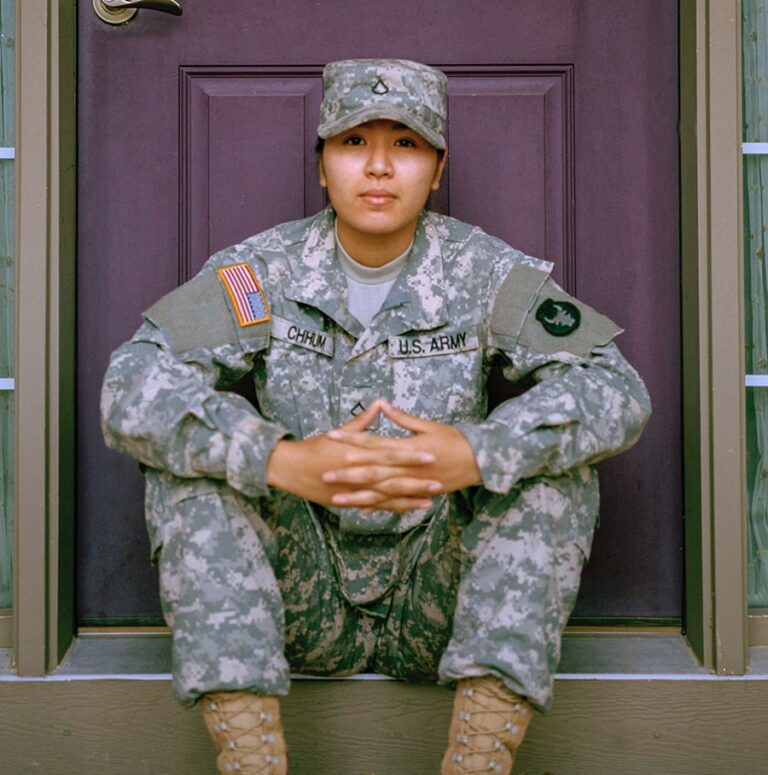A Veteran’s Guide to Developing an Executive Presence

Transitioning from the military to the business world comes with a steep learning curve—but few things are more valuable than executive presence. It’s not just about looking the part. It’s about leading with clarity, confidence, and command—whether you’re in the boardroom or on Zoom.
For veteran entrepreneurs and professionals, executive presence is a powerful asset that bridges the discipline of military life with the demands of modern leadership.
What Is Executive Presence, Really?
Executive presence is often defined as a mix of gravitas, communication skills, and appearance. According to Harvard Business Review, it’s one of the top traits that leaders need to inspire trust and command attention. For veterans, that natural sense of leadership can be a foundation—but translating it into a civilian business context requires intention.
How Veterans Can Build Executive Presence
1. Leverage Your Military Confidence—But Read the Room
Military training instills poise under pressure. That’s gold in business. But executive presence also calls for emotional intelligence and adaptability. Your audience might not respond to command-style communication the way your unit did—so flex your approach.
2. Sharpen Your Communication Skills
Whether you’re pitching investors or leading a team meeting, your words matter. Practice concise, confident messaging. Tools like Toastmasters International are excellent for refining public speaking skills and building influence.
3. Upgrade Your Visual Presence
Your wardrobe, your Zoom background, your posture—it all communicates something. You don’t need to wear a suit every day, but you do need to look like you own the room (or screen). Personal branding is part of executive presence.
4. Lead Before You’re Asked
In the military, leadership is earned through rank. In business, it’s earned by stepping up. Ask smart questions, take initiative, and bring solutions to the table. Presence comes from participation, not just position.
5. Invest in Feedback
One of the most underrated moves? Asking for feedback from mentors, peers, or even clients. Executive presence is both a mindset and a skillset—and like any skill, it improves with intentional practice and refinement.
The Bottom Line
Executive presence isn’t a soft skill. It’s a business asset—and as a veteran, you’re already wired for much of what it requires. You just need to translate it for the spaces you’re stepping into next.
Want to explore how to align your personal brand with your leadership goals? Let’s talk about how to bring your vision into focus.






